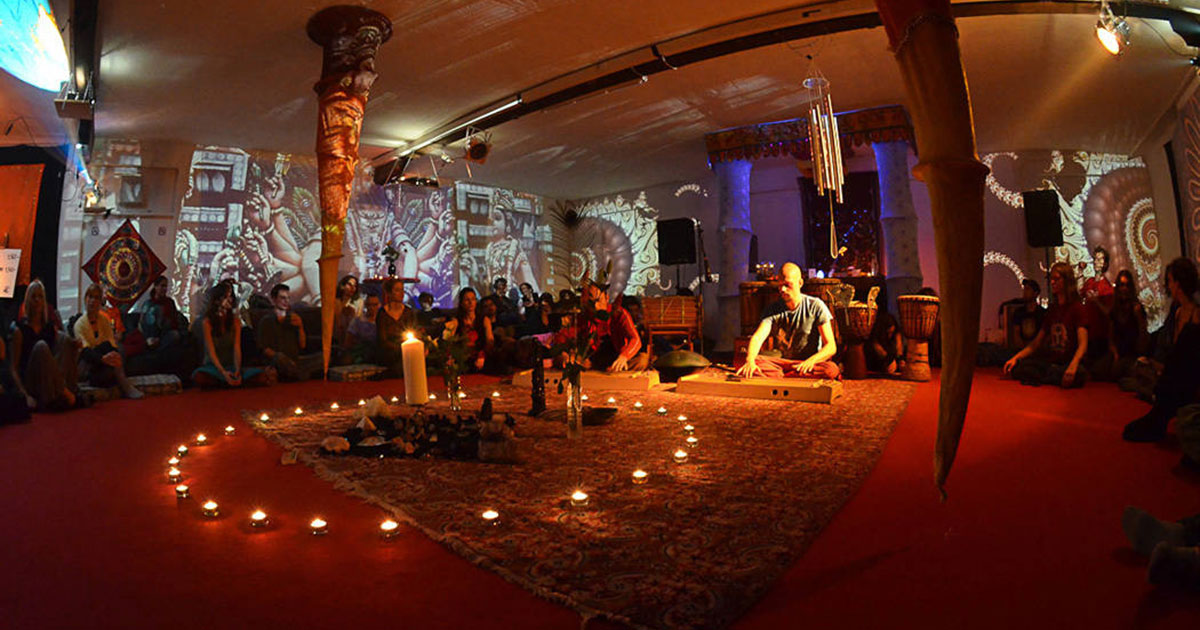A cajón is nominally a six-sided, box-shaped percussion instrument originally from Peru, played by slapping the front or rear faces (generally thin plywood) with the hands, fingers, or sometimes various implements such as brushes, mallets, or sticks.
About Cajone Boxes
Cajones are primarily played in Afro-Peruvian music, as well as contemporary styles of flamenco and jazz among other genres. The term cajón is also applied to other unrelated box drums used in Latin American music such as the cajón de rumba used in Cuban rumba and the cajón de tapeo used in Mexican folk music.
Theories about the origins:
The cajón is the most widely used Afro-Peruvian musical instrument since the late 18th century. Slaves of west and central African origin in the Americas are considered to be the source of the cajón drum. Currently, the instrument is common in musical performance throughout some of the Americas, the Philippines and Spain.
The cajón was developed during the periods of slavery in coastal Peru. The instrument reached a peak in popularity by 1850, and by the end of the 19th century cajón players were experimenting with the design of the instrument by bending some of the planks in the cajón’s body to alter the instrument’s patterns of sound vibration. After slavery the cajón was spread to a much larger audience including Criollos.
Given that the cajón comes from slave musicians in the Spanish colonial Americas, there are two complementary origin theories for the instrument. It is possible that the drum is a direct descendant of a number of boxlike musical instruments from west and central Africa, especially Angola, and the Antilles. These instruments were adapted by slaves from the Spanish shipping crates at their disposal. In port cities like Matanzas, Cuba, codfish shipping crates and small dresser drawers became similar instruments.
Another theory states that slaves simply used boxes as musical instruments to subvert Spanish colonial bans on music in predominantly African areas; In this way, cajones could easily be disguised as seats or stools, thus avoiding identification as musical instruments. In all likelihood it is a combination of these factors – African origins and Spanish suppression of slave music – that led to the cajón’s creation. (source wikipedia)











